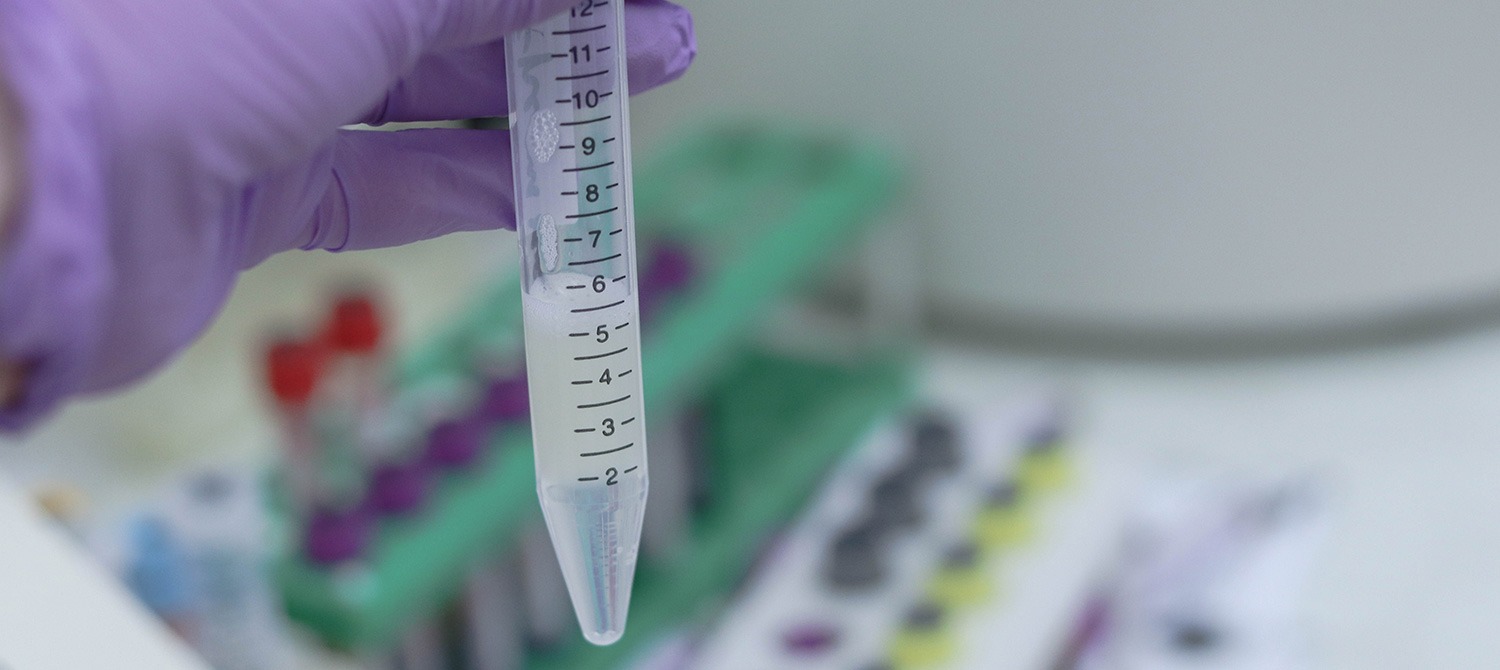SERVICESFOR HIM

The basics
Lab testing
Clinical services
Fertility preservation
Basic sperm preparation

Sperm collection is the necessary first step in almost all ART treatments. Even if sperm parameters of the sample are found to be suboptimal, there are specialized laboratory techniques that are routinely applied in order for the sample to both be usable in ART procedures and to help improving its quality, via ensuring optimal condition for sperm cell function and removing non-functional sperm cells. These techniques are known as basic sperm preparation, or sperm washing. There are several options to facilitate this process, such as:
1. Basic sperm wash
2. Density gradient sperm wash
3. Swim-up technique
Regardless of the technique employed, all samples are also specially treated to remove excess fluids, eliminate bacteria and cellular debris, remove prostaglandins and toxins. The overall effect is improved sperm function and selection of the most suitable sperm cells to be used later on for IUI, or IVF/ICSI.
EmbryoClinic is by your side
on every step of your journey
towards parenthood!